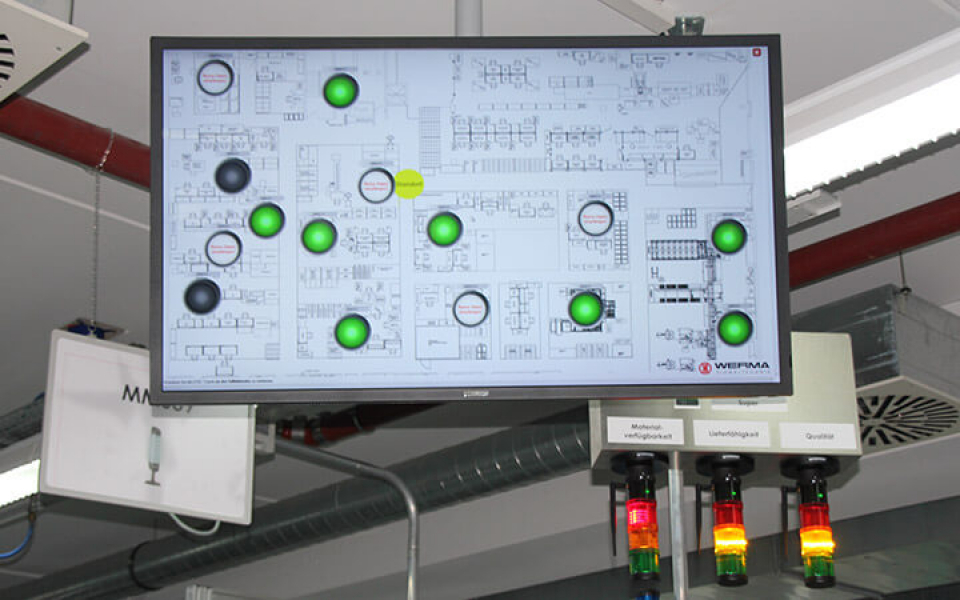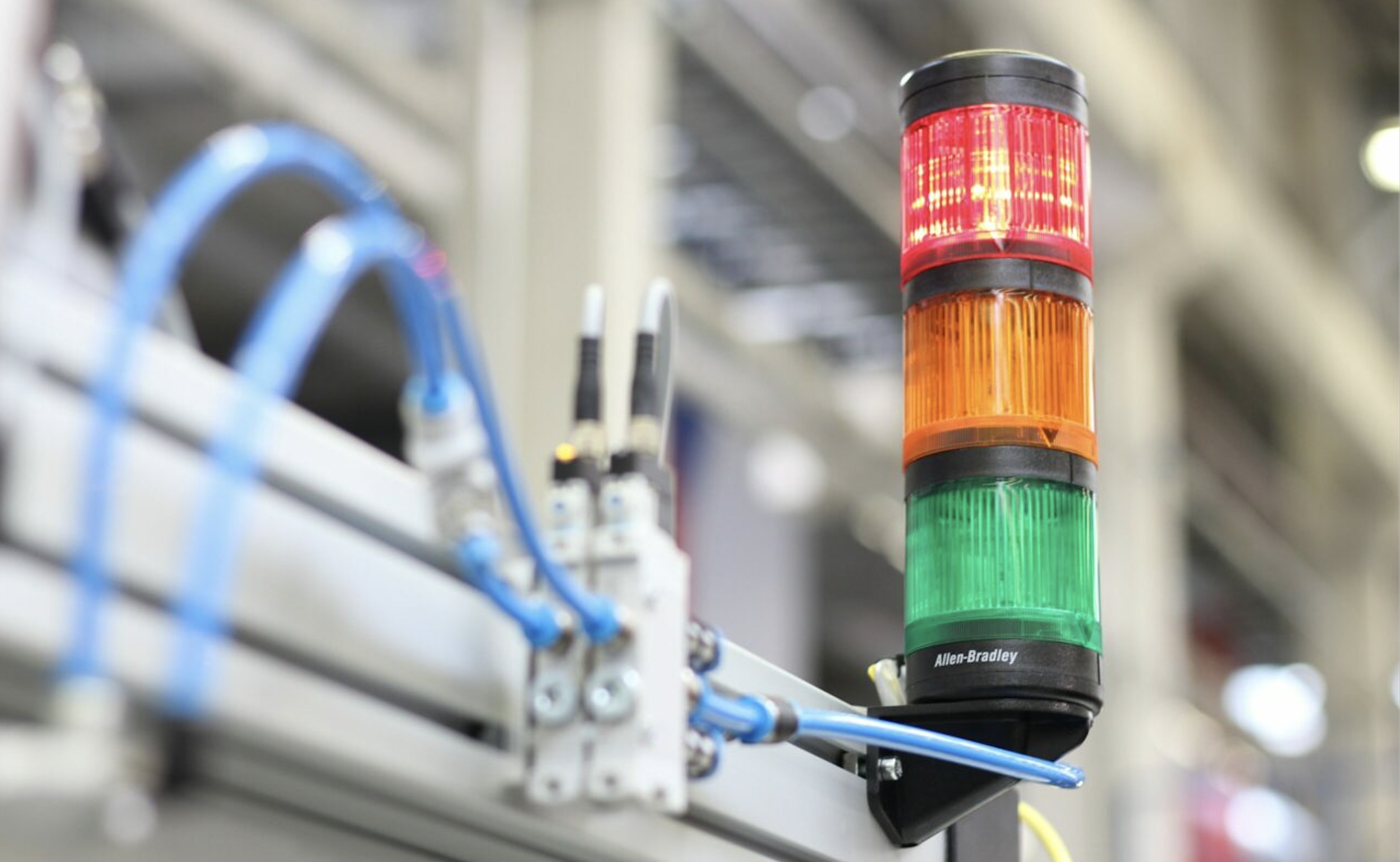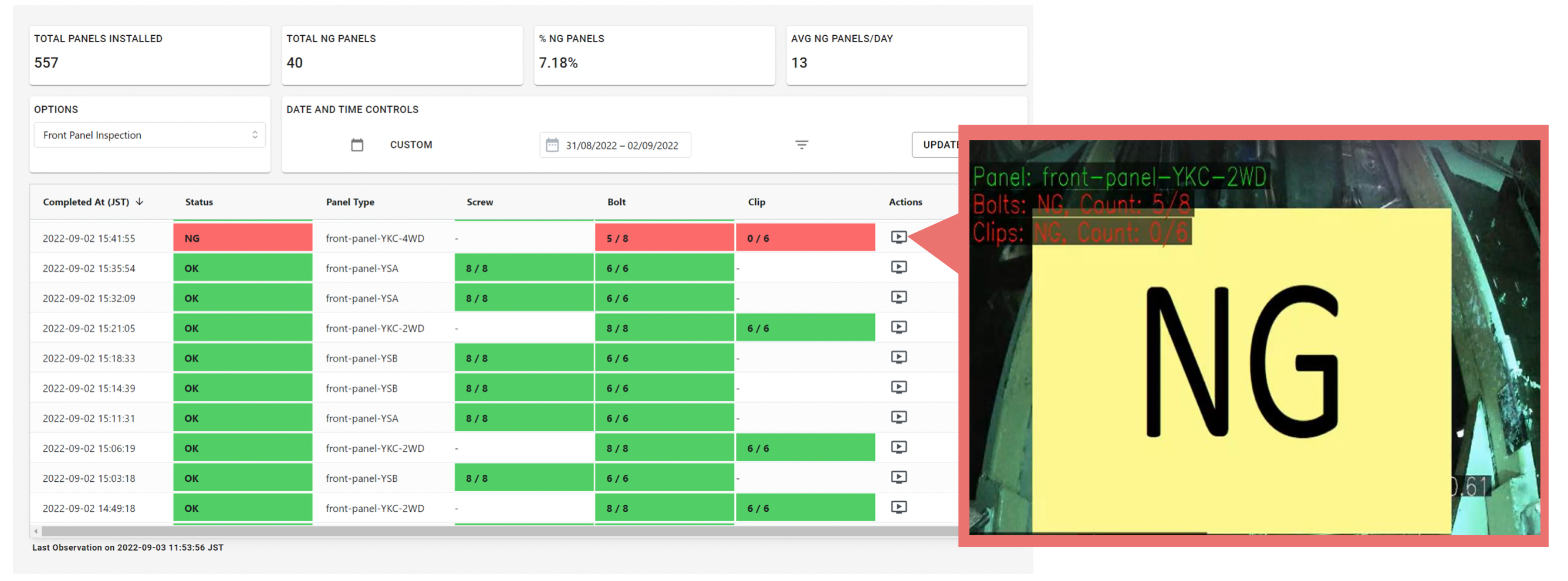Andon systems are one of the key components for manufacturers to conduct root cause analyses. They are used by the most advanced manufacturers in the world to identify issues on the production floor and stop the production line to get to the root cause of the issues thereby preventing them from reoccurring. Because quality and efficiency is key to successful manufacturing, andon systems have been used in manufacturing to alert quality issues since the mid 20th century, and are largely integrated into manufacturing processes.
While traditional andon systems have been useful, their reliance on manual intervention makes them prone to error. Using computer vision to activate andon systems is increasingly recognized as the superior approach for generating maximum returns within manufacturing.



